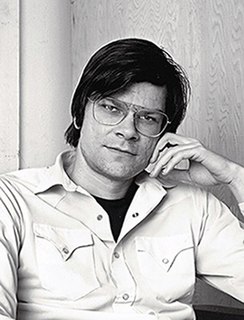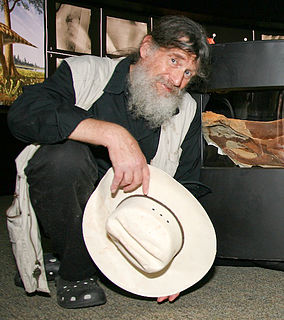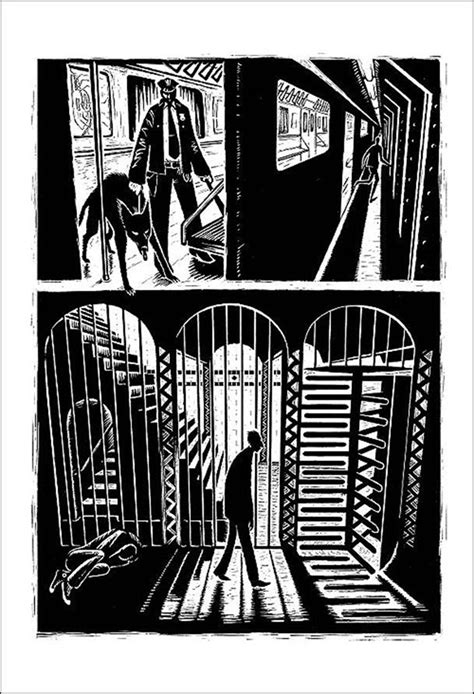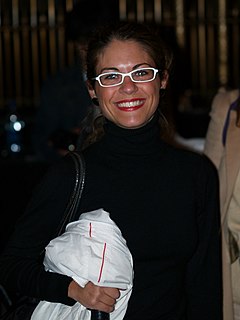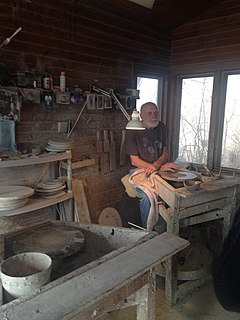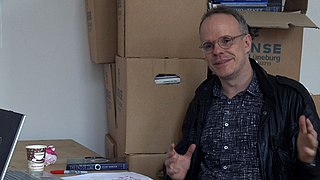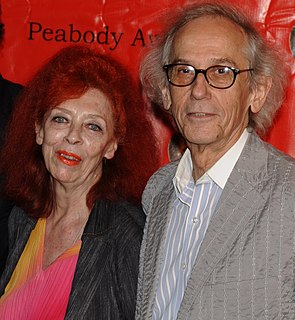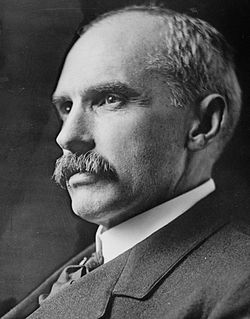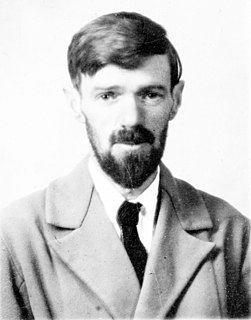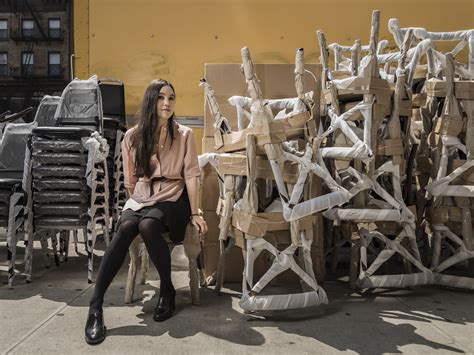A Quote by Robert Smithson
Museums are tombs, and it looks like everything is turning into a museum.
Related Quotes
I think about museums often. There are things that I want museums to do that they often don't. For me, I like it when there's a system within the museum that can continuously change - whether it's a museum that is nomadic or one that's designed so the building can shape-shift. I like restless spaces, and I want to be engaged.
The museum in D.C. is really a narrative museum - the nature of a people and how you represent that story. Whereas the Studio Museum is really a contemporary art museum that happens to be about the diaspora and a particular body of contemporary artists ignored by the mainstream. The Studio Museum has championed that and brought into the mainstream. So the museums are like brothers, but different.
What's that Regina Spektor song? Museums are like mausoleums. Having your work in a museum is something we as artists aspire to, but I don't think that's something we need to worry about while we're alive. Typically your work will end up in a museum after you're dead. And maybe that's the function of a museum. It's an archive of your work after you're dead. But while we're alive, I like to see it in places where it's connected to day-to-day life and making a difference.
Fashion went from being much more rarefied to being more accessible. Now everything is changing in the art world, too: even the highest level of institutions are becoming more aware of the general public, like the McQueen exhibit at the Metropolitan or the Tim Burton at the MoMA or how the Gagosian does historic Picasso shows, bringing museum quality into a gallery. Galleries are becoming more like museums, and museums are becoming more accessible. In the next decade, I think it'll be blown open: there will be a lot of shifting around in terms of how artists approach their work.
Museums, museums, object-lessons rigged out to illustrate the unsound theories of archaeologists, crazy attempts to co-ordinate and get into a fixed order that which has no fixed order and will not be co-coordinated! It is sickening! Why must all experience be systematized? A museum is not a first-hand contact: it is an illustrated lecture. And what one wants is the actual vital touch.
We don't notice that our cells are turning over all the time. You get a completely new composition of cells every seven years, and on the surface, or subjectively, it looks as though you're the same for seven years. It's like a ground - it looks stable, but beneath it, everything is shifting all the time. It's exciting and dangerous.
